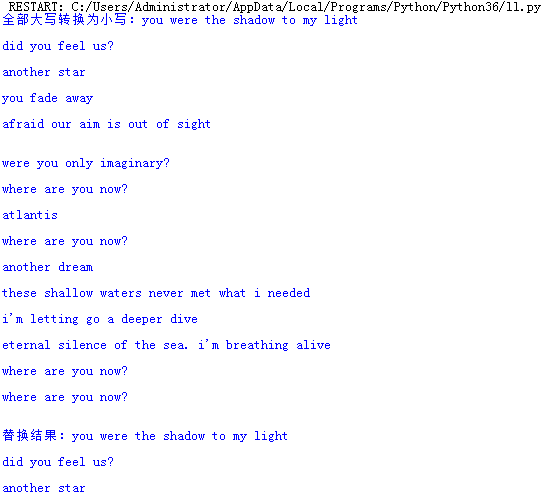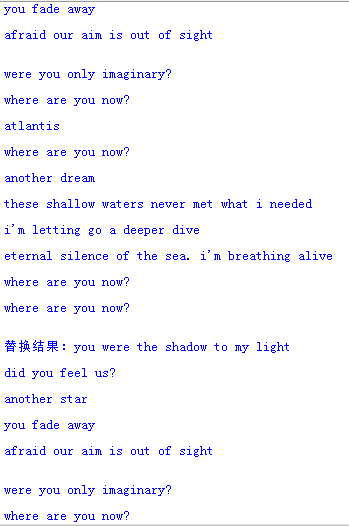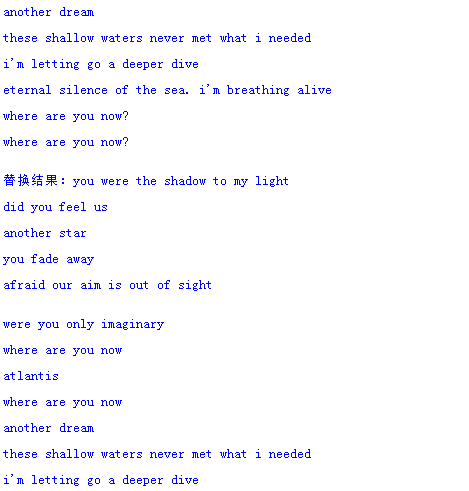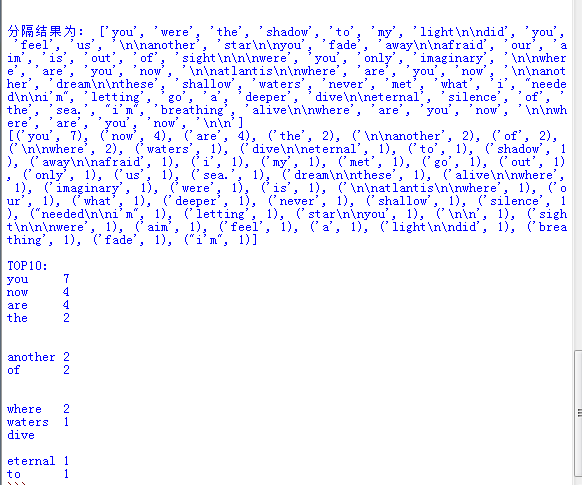1、字典实例:建立学生学号成绩字典,做增删改查遍历操作。
#建立学生学号成绩字典 d={'01':'80','02':'90','03':'89','04':'90','05':'100'} print(d) #增遍历操作 d['06']='100' #删遍历操作 d.pop('01') #改遍历操作 d['04']='100' #查遍历操作 print(d['04']) for i in d: print(d)

2、列表,元组,字典,集合的遍历。
总结列表,元组,字典,集合的联系与区别。
G=list('123345237646') for i in G: print(G) S=tuple('abcdefghi') for i in S: print(S) d={'01':'70','02':'90','03':'100','05':'79'} for i in d: print(d) se=set('12435433224') for i in se: print(se)

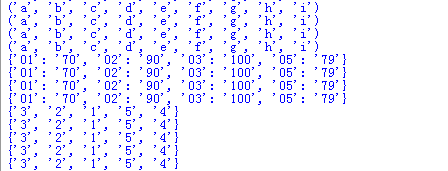
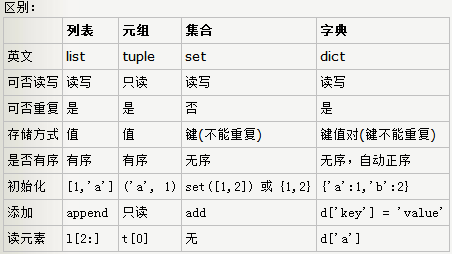
3、英文词频统计实例
s='''You were the shadow to my light Did you feel us? Another star You fade away Afraid our aim is out of sight Were you only imaginary? Where are you now? Atlantis Where are you now? Another dream These shallow waters never met what I needed I'm letting go a deeper dive Eternal silence of the sea. I'm breathing alive Where are you now? Where are you now? ''' s=s.lower() print("全部大写转换为小写:"+s) for i in ',!?': s=s.replace(i,' ') print('替换结果:'+s) s=s.split(' ') print('分隔结果为:',s) word = set(s) dic={} for i in word: dic[i]= s.count(i) s=list(dic.items()) s.sort(key=lambda x:x[1],reverse=True) print(s,' ') print('TOP10:') for i in range(10): word,count=s[i] print('{} {}'.format(word,count))
